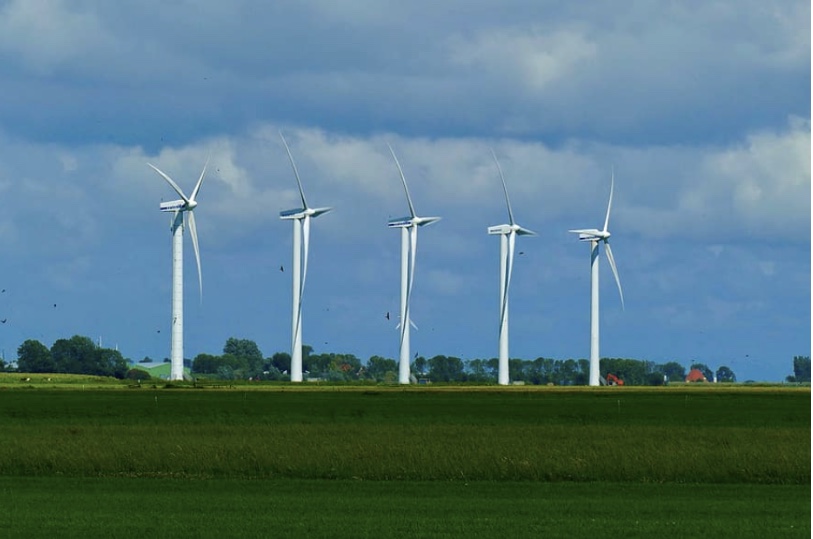The capital of the Netherlands seems to be getting everything right when it comes to tackling climate change. The Dutch Government has come up with a 30 year plan to be completely emission free. The plan includes a detailed list of what leaders have in store for the country, including a completely renovated economy. According to the city of Amsterdam’s website, they want a city that can handle the effects of climate change.
The Dutch’s reported “liberal” mindset is one that the citizens do not necessarily agree with. Dutch citizens consider their government to be central and moderate, while foreigners see it to be very left leaning. Is this foreign assumption based on actions regarding climate change? Or is this Climate Change not so political here?
Amsterdam is a city full of life and people but, this does not stop leaders from enacting policies surrounding clean living. The city’s layout is based on the number of bicycles they have. Biking is the main form of transportation and though it may seem enormous, the city holds over 880,000 bikes. The city is famous for having more bikes than people! This alone reduces carbon emission by a significant amount. According to worldpopulationreview.com the United States has an incredibly high ecological footprint. The USA is the second highest in the world at 8.04 gha per capita. The Netherlands is ranked 34 at 5.02 gha per capita. Though the country is smaller and is geographically very different, the Netherlands is doing an efficient job of moving along their climate plan and the USA could take some tips from them. The city of Amsterdam has created a realistic plan that accomplishes their goals by 2050.
According to the City of Amsterdam website, their long term goal is to be emission free and climate adaptable. Their goal is broken into ten year segments and each has a long term goal of reducing emissions and ultimately eliminating natural gasses all together. By 2030 Amsterdam will have reduced their carbon emissions by 55%, they will continue with this until they reduce to 95% in 2050. They will reduce their usage of raw materials by 50% and generate 80% of energy through wind and solar energy.
The clean energy systems Amsterdam uses almost completely solves the United States citizens issue of NIMBY, or “Not in my Backyard”. Though Amsterdam has windmills visible around the city, they have a multitude of windmills miles off in the ocean that no one can see. This still generates clean energy and allows citizens to look out their windows and off the shore and see no windmills.
By 2040, Amsterdam will no longer use natural gas and will begin rooting all energy in clean sources. This will lead to the city being climate adaptable, climate neutral, and the most interesting of them all a circular city. The circular city is an economic policy that will allow the city to act as its own bubble. Everything that is used and consumed will be reused as many times as possible. This reduces waste production drastically and will open up new opportunities for the city. Amsterdam cannot complete this process successfully alone and they don’t have to. The Dutch government is trailing right behind the city trying to accomplish the same ideals.
The curricular city idea comes from the doughnut analogy from Katew Raworth, a British economist. The idea allows people to build up the economy and contribute to a clean sustainable living style as well. While this idea is still a work in progress, I just visited Amsterdam myself, and the city is doing a wonderful job of being plastic free and sustainable.
This system and plan is a great way to set up a smaller city with a lot of people. The number of bikes allows for emission free transportation which could be utilized in the United States. Though New York City has improved their CitiBike system, biking in the busy city is dangerous and not so efficient. Amsterdam is a wonderful example of a moderate government adapting to climate change in a nonpolitical way.

